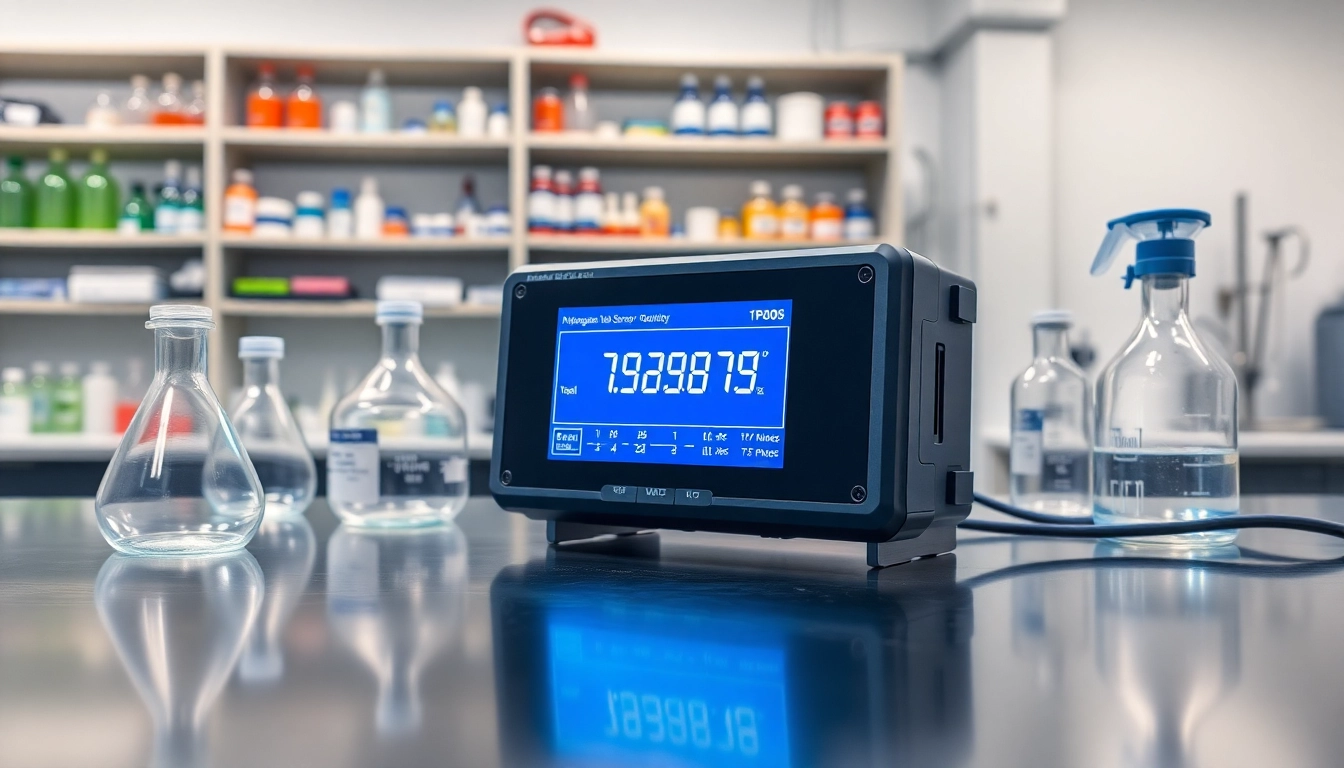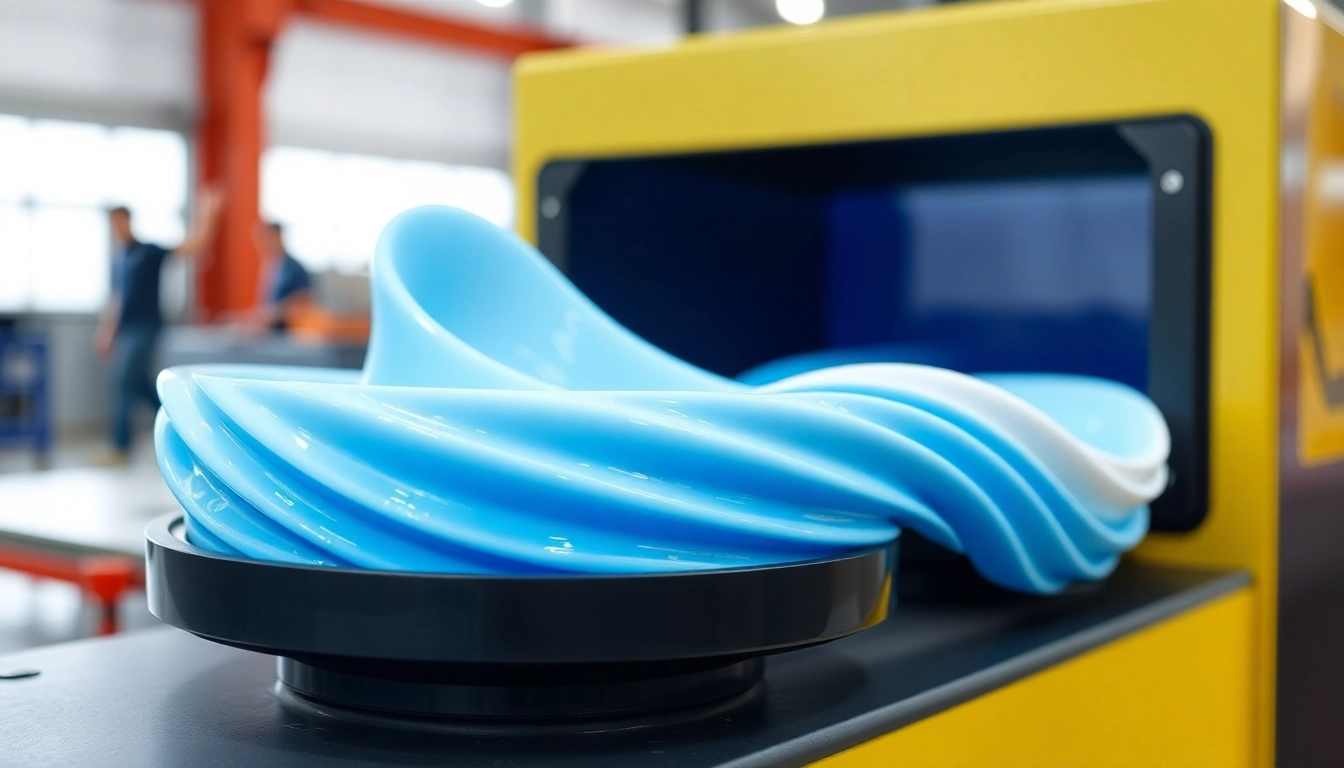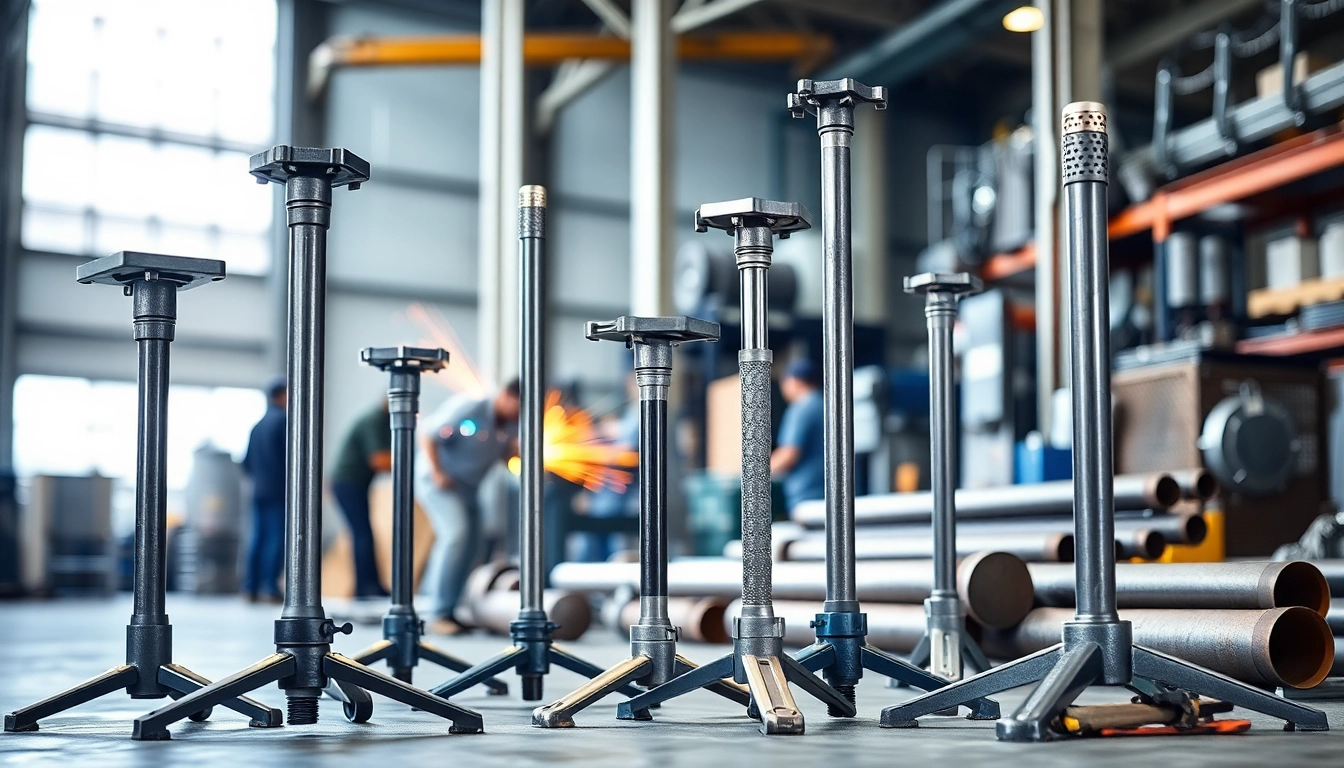Understanding Hydrogen Chloride and Its Risks
Hydrogen Chloride (HCl) is a colorless gas with a pungent odor, highly soluble in water, and is categorized as a corrosive substance. Its usage spans various industries, primarily in manufacturing processes, metal refining, and chemical production. Given its toxic nature and potential health risks, monitoring HCl levels is critical to ensuring safety in industrial environments. Investing in a robust Hydrogen Chloride monitor becomes imperative for facilities engaged in activities involving this chemical.
The Chemical Properties of Hydrogen Chloride
Hydrogen Chloride is composed of one hydrogen atom and one chlorine atom. When dissolved in water, it forms hydrochloric acid, a common workplace reagent. This gas is notorious for its strong acidic properties and ability to produce corrosive mists. Its high solubility in water means that even minor leaks can rapidly lead to hazardous conditions, underscoring the need for effective monitoring systems.
Health Effects of Hydrogen Chloride Exposure
Exposure to Hydrogen Chloride can lead to serious health issues, including respiratory problems, eye and skin irritation, and more severe outcomes such as lung damage or even death in high concentrations. Symptoms often manifest as coughing, watery eyes, and burning sensations in the throat and nose. Long-term exposure may result in chronic bronchitis or chronic lung conditions. Consequently, ensuring adequate monitoring and safety protocols is critical for protecting workers’ health.
Regulatory Standards for Hydrogen Chloride Monitoring
Multiple organizations, including OSHA (Occupational Safety and Health Administration) and NIOSH (National Institute for Occupational Safety and Health), have established regulatory standards for Hydrogen Chloride exposure. These guidelines outline permissible exposure limits and emphasize the necessity of continuous monitoring in workplaces that handle this chemical. Adopting these regulations not only ensures compliance but also enhances workplace safety.
Features to Look for in a Hydrogen Chloride Monitor
When selecting a Hydrogen Chloride monitor, various features should be evaluated to ensure optimal performance and reliability. Factors such as sensor technology, maintenance requirements, and the device’s mobility can significantly impact monitoring efficiency.
Sensor Technology: How It Works
Modern Hydrogen Chloride monitors utilize advanced sensor technologies, such as electrochemical sensors, which work by detecting changes in electrical current resulting from the interaction between the sensor and HCl molecules. Optical sensors are also common and operate by measuring the absorption of specific wavelengths of light that HCl absorbs. Understanding these technologies helps in selecting the right monitor for your specific requirements.
Calibration and Maintenance Requirements
Routine calibration is essential for maintaining the accuracy of monitors. Most devices require calibration every six months, though some may need monthly checks depending on usage levels and environmental factors. Regular maintenance not only prolongs the life of the device but also ensures that it operates within the prescribed safety limits.
Portability vs. Stationary Options
Depending on your operational environment, you may need to choose between portable and stationary Hydrogen Chloride monitors. Portable monitors offer flexibility, ideal for fieldwork, while stationary units are advantageous for constant monitoring in fixed locations. Evaluating the specific safety protocols and operational workflows is crucial in making this choice.
Installation and Use of Hydrogen Chloride Monitors
Proper installation and utilization of Hydrogen Chloride monitors are non-negotiable steps toward creating a safe work environment. Understanding placement, integration into existing safety protocols, and staff training can significantly enhance the effectiveness of monitoring efforts.
Optimal Placement for Accurate Readings
To ensure accurate readings, monitors should be installed in areas where Hydrogen Chloride is likely to accumulate, such as near sources of leaks or exhaust outlets. Factors like airflow, temperature fluctuations, and proximity to heat sources should also be considered to optimize the monitor’s functionality.
Integrating Monitors into Safety Protocols
Integration of Hydrogen Chloride monitors into safety protocols is necessary for effective risk management. Aligning monitor alerts with emergency response plans helps ensure swift action in the event of exposure incidents. Establishing clear protocols for using monitor readings in decision-making processes is essential for maintaining a proactive safety culture.
Training Staff on Monitor Usage
Training staff on the proper use and interpretative skills regarding Hydrogen Chloride monitors plays a vital role in workplace safety. This involves not just technical training on using the devices but also education on recognizing signs of exposure and understanding safety procedures. Regular training refreshers can promote a sustained safety culture in the workplace.
Comparing Top Hydrogen Chloride Monitors in the Market
A comprehensive comparison of Hydrogen Chloride monitors helps in making informed purchasing decisions. Consumers can benefit from understanding the capabilities and reliability of different models available on the market.
Consumer Reviews and Assessments
Reviewing consumer feedback can provide insights into the practical performance of Hydrogen Chloride monitors. Assessments from users often highlight practical aspects, including ease of use, reliability, and durability, which can inform prospective buyers about the product’s suitability for their specific needs.
Cost-Benefit Analysis of Popular Models
Performing a cost-benefit analysis for different models aids in understanding the value of each purchase. Factors such as initial investment, maintenance costs, sensor lifespan, and warranty agreements should be carefully considered. Choosing a model that balances cost with long-term performance is crucial for budget-conscious organizations.
Understanding Warranty and Support Options
Warranties and support options offered by manufacturers often influence the purchase decision. Understanding the specifics of what is covered under warranty, the duration, and the responsiveness of customer support can be pivotal in ensuring that the Hydrogen Chloride monitor performs as required without unexpected costs.
Interpreting Data from Hydrogen Chloride Monitors
Monitoring is just one part of ensuring safety; interpreting the data effectively can make the difference between a safe work environment and a hazardous situation.
Reading Monitor Outputs Effectively
Hydrogen Chloride monitors present data in various formats including digital displays and alarm systems. Understanding how to interpret these outputs can provide real-time insights into workplace safety. Familiarizing staff with the monitor’s readings through proper training ensures immediate responses to dangerous conditions.
Responding to Alarms and Alerts
Effective responses to alarms from Hydrogen Chloride monitors are crucial in mitigating exposure risks. Establishing a clear protocol for alarm responses, including immediate evacuation procedures and medical assessments, is essential for managing potential hazards.
Reporting Data for Compliance and Safety Audits
Documentation from Hydrogen Chloride monitors is vital for compliance with safety regulations. Maintaining accurate records of monitor readings assists in demonstrating adherence to safety protocols and aids in external audits. Regular safety audits can also identify areas of improvement and drive ongoing safety enhancements within the organization.



